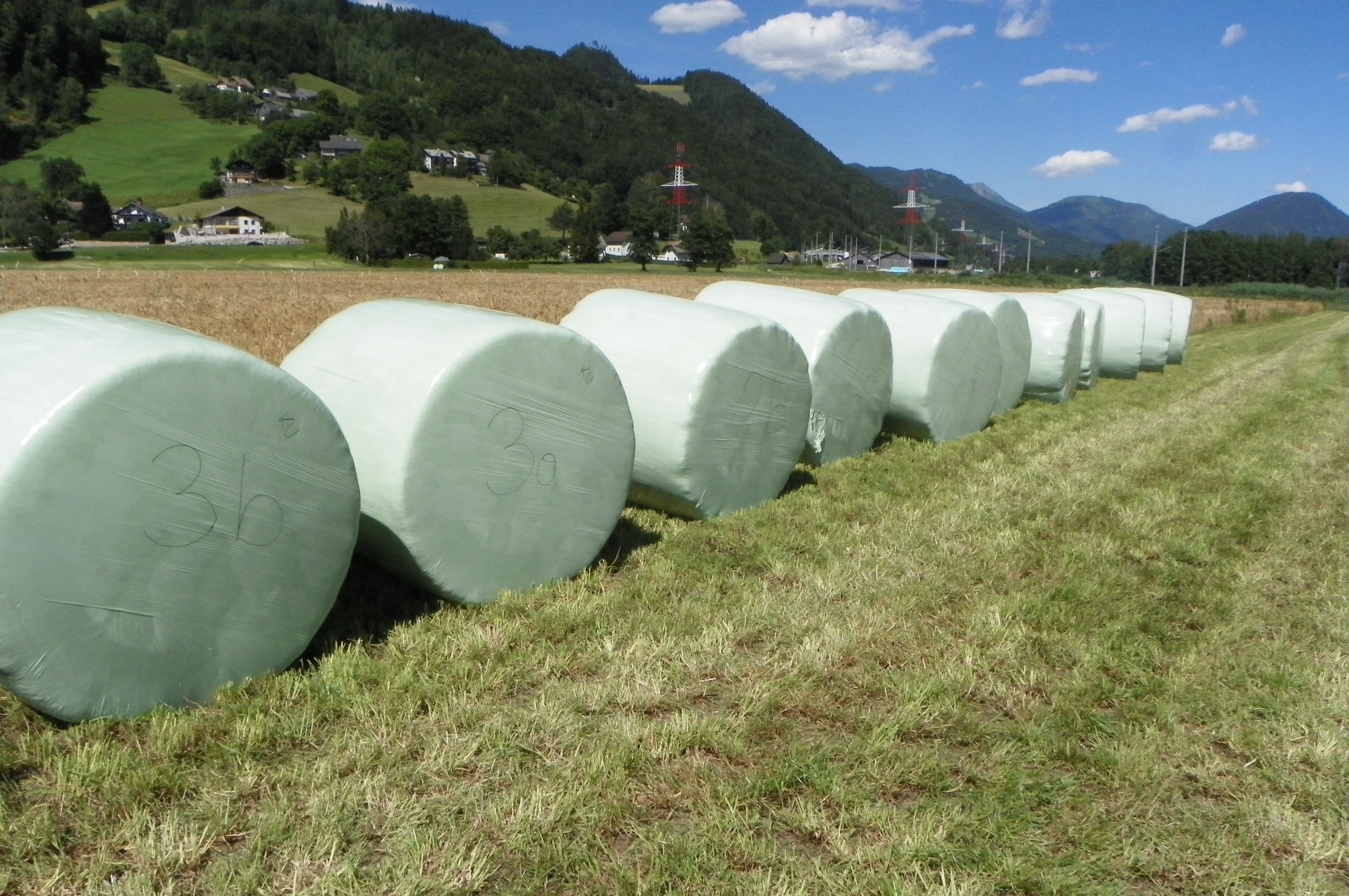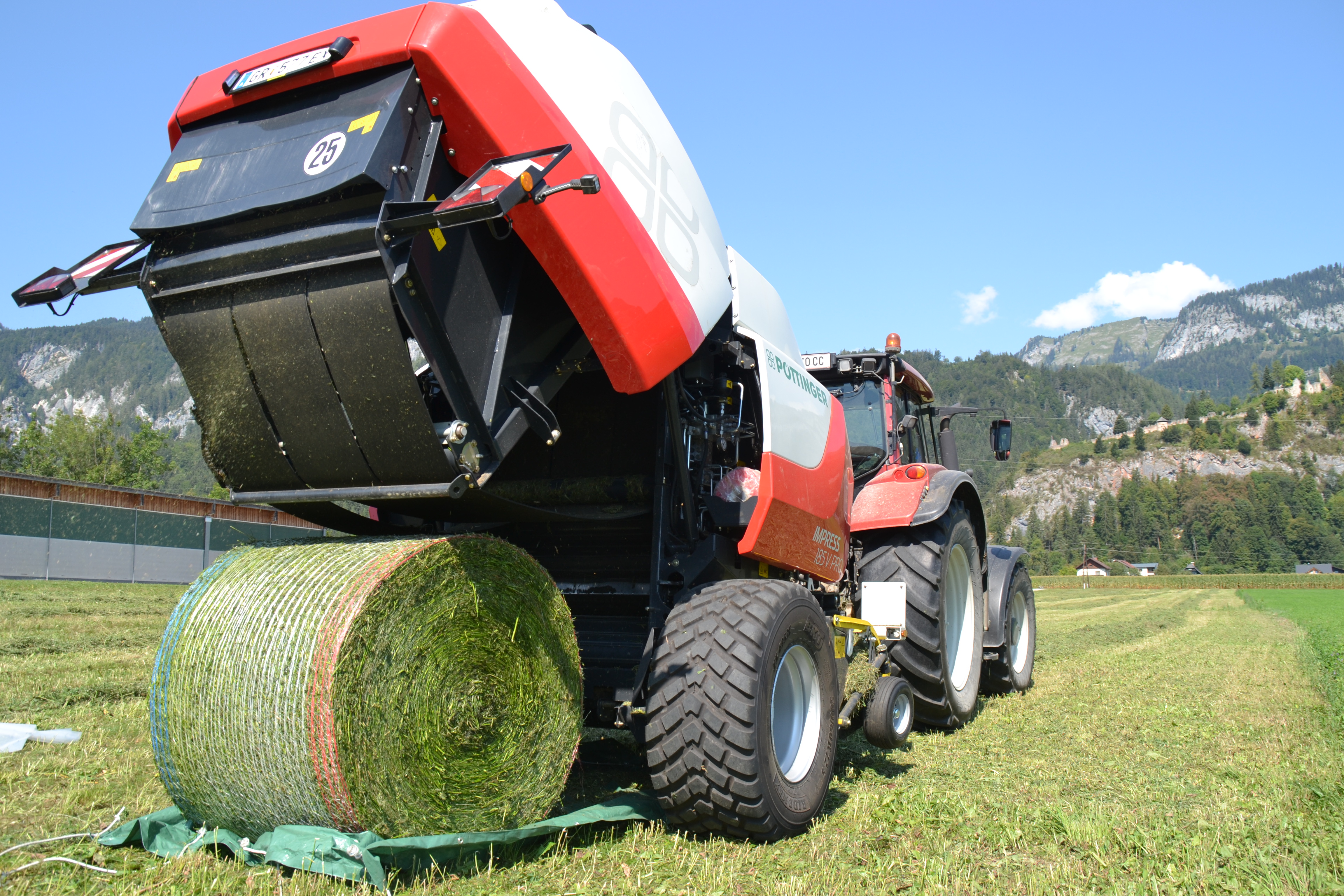By examining the factors influencing the basic feed quality of fermented hay, a practical guide for the optimal production of fermented hay is to be developed. Above all, the factors dry matter content, bale density and cutting length should be varied and different initial stocks should be recorded and practical tips developed from this.
Consultants, machine rings, contractors and the farmer themselves should be able to use this practical guide to improve their production of fermented hay. The specific advantages of fermented hay over ground hay in terms of dust development will be worked out in a second step. These studies are intended to answer the question of the maximum possible dry matter content for fermented hay. This is intended to reduce or eliminate the risk of spoilage caused by subsequent mold formation.








